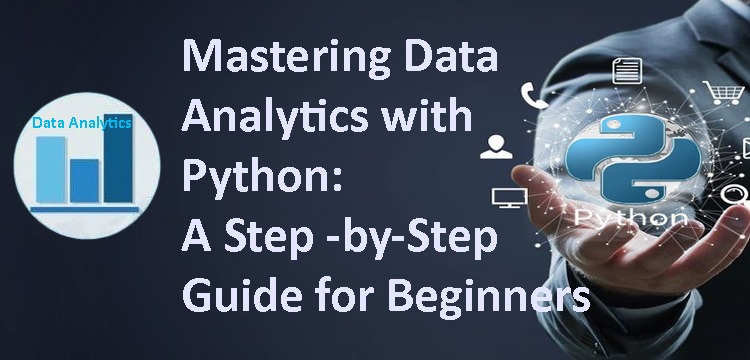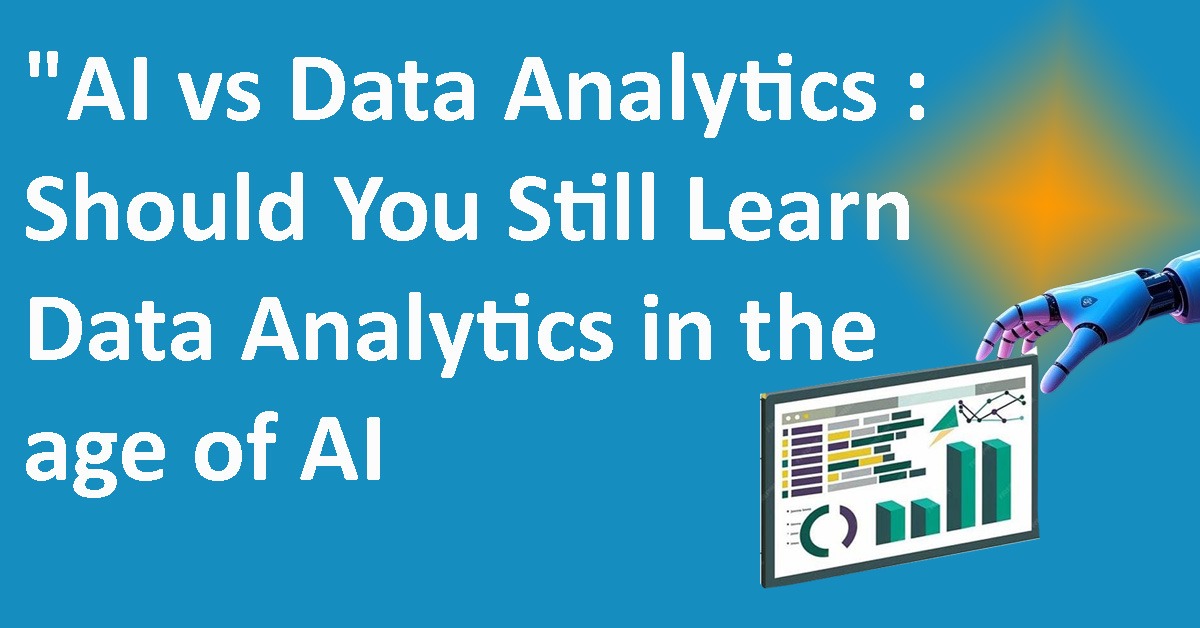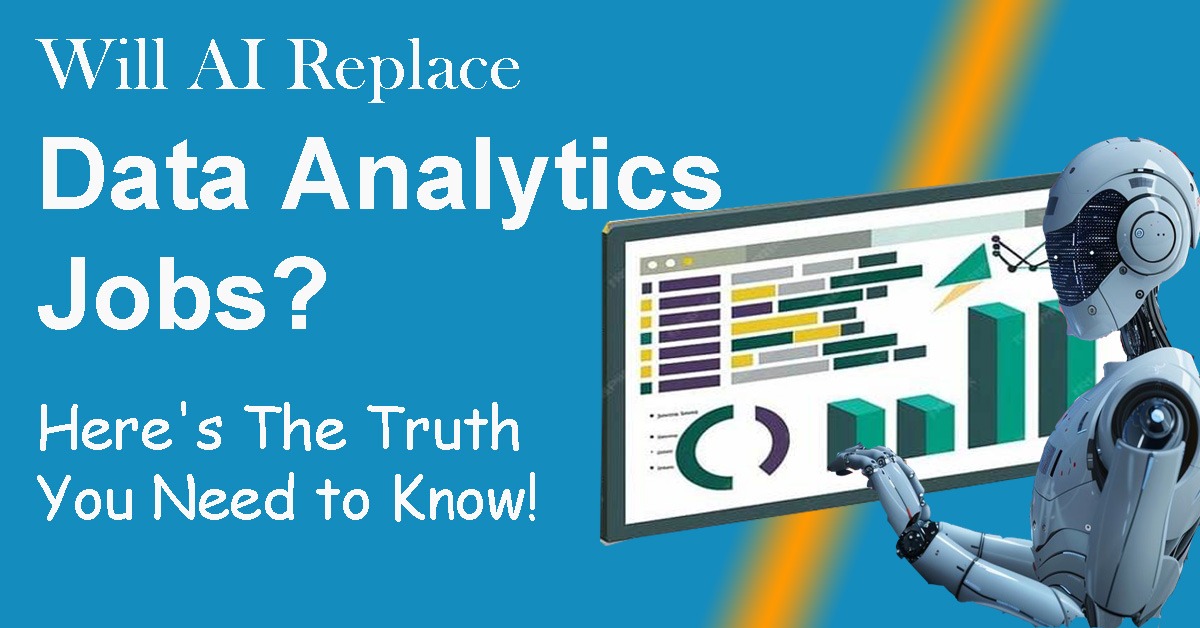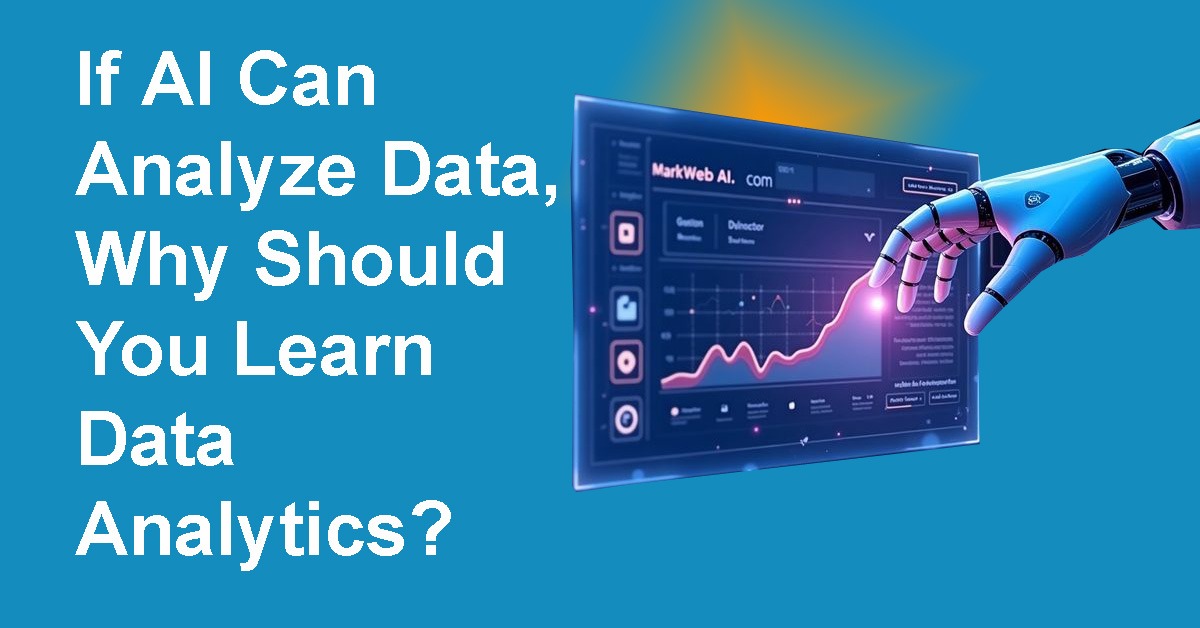Python Libraries You Must Know in 2025
Python continues to dominate the programming world in 2025, and it's not slowing down anytime soon. Whether you're a data scientist, AI enthusiast, web developer, or automation expert, Python has something powerful for everyone. But with thousands of libraries out there, how do you know which ones are worth your time?
We've curated a fresh list of must-know Python libraries in 2025 — libraries that are shaping the future of software development and data science. Let’s dive in!
1. Polars – Blazing Fast DataFrames
If you're still using Pandas for large datasets, it might be time to level up. Polars is a lightning-fast DataFrame library built in Rust with a Python API. It offers multithreaded performance and is perfect for big data processing and analytics.
- Use it for: Data analysis, ETL pipelines, performance-critical application.
- Why it's hot: 10x faster than Pandas in many scenarios
python
CopyEdit
import polars as pl
df = pl.read_csv('data.csv')
df.filter(pl.col("price") > 100)
2. LangChain – The Backbone of LLM Apps
With the AI revolution in full swing, LangChain has become essential for building apps powered by large language models (LLMs). From chatbots to intelligent agents, LangChain handles chaining prompts, managing memory, and integrating tools like vector databases.
- Use it for: AI apps, chatbots, conversational agents
- 2025 buzz: Core framework for GenAI applications
3. Pydantic v2 – Data Validation at Scale
If your projects rely on structured data (and whose don’t?), Pydantic is your best friend. In 2025, with v2, it’s even faster and more flexible. You can now run Pydantic in "strict mode" for better error control and performance.
- Use it for: FastAPI apps, data parsing, validation
- Why devs love it: It’s now 12x faster with Rust-powered parsing!
4. FastAPI – The Go-To Web Framework
FastAPI isn’t new, but it’s matured into the de facto standard for modern APIs in 2025. With built-in support for async, dependency injection, and OpenAPI docs, it’s hard to beat.
- Use it for: REST APIs, backend services, microservices
- Still trending: Blazing-fast performance with auto-docs
5. Reflex – Build Web Apps with Just Python
2025 is the year of Reflex (formerly Pynecone). It lets you build full-stack, reactive web apps entirely in Python, no JavaScript needed.
- Use it for: Web apps, dashboards, admin panels
- Why it's rising: Python devs can now skip JS and build sleek UIs
python
CopyEdit
import reflex as rx
def app():
return rx.text("Welcome to Reflex!")
6. DuckDB – The SQLite for Analytics
Think of DuckDB as an in-process OLAP database — like SQLite, but for analytics. It’s built for lightning-fast querying of tabular data, especially from Parquet and CSV files.
- Use it for: Data analysis, ad-hoc queries, Jupyter notebooks
- Why it's key: No setup, instant speed, works with Pandas & Polars
7. OpenCV & Mediapipe – Powering Vision-Based AI
Computer vision is exploding in fields like AR/VR, autonomous systems, and medical imaging. OpenCV is a classic, and Mediapipe, developed by Google, simplifies tasks like face detection, hand tracking, and pose estimation.
- Use it for: Real-time face/gesture detection, AI vision projects
- 2025 edge: Combine with TensorFlow Lite for mobile apps
8. Rich & Textual – Modern TUI and Beautiful Console Outputs
Want to make your terminal apps look like they belong in 2025? Rich gives you beautiful formatting, charts, and logs. Textual takes it further — build full interactive terminal UIs with widgets and layouts.
- Use it for: Developer tools, CLI dashboards, terminal apps
- Cool factor: Terminal GUIs with mouse support and themes
9. Playwright – Next-Level Web Automation
For testing or scraping, Playwright is beating Selenium with modern features like multi-tab support, network interception, and native support for async.
- Use it for: End-to-end testing, web scraping, automation
- 2025 update: Headless and stealth modes built-in
10. Typer – CLI Apps Made Easy
If you build command-line tools, Typer (by the creator of FastAPI) is a gem. It auto-generates help menus, supports type hints, and creates elegant CLI experiences.
- Use it for: Python-based CLI tools
- Why it's a must: As easy as FastAPI, but for the terminal
Final Thoughts
Python’s ecosystem in 2025 is more powerful and diverse than ever. Whether you’re diving into AI, building APIs, analyzing terabytes of data, or launching web apps — these libraries are your gateway to modern, efficient development.
- What’s your favorite Python library of 2025?
Drop it in the comments. Let’s code the future!







































































